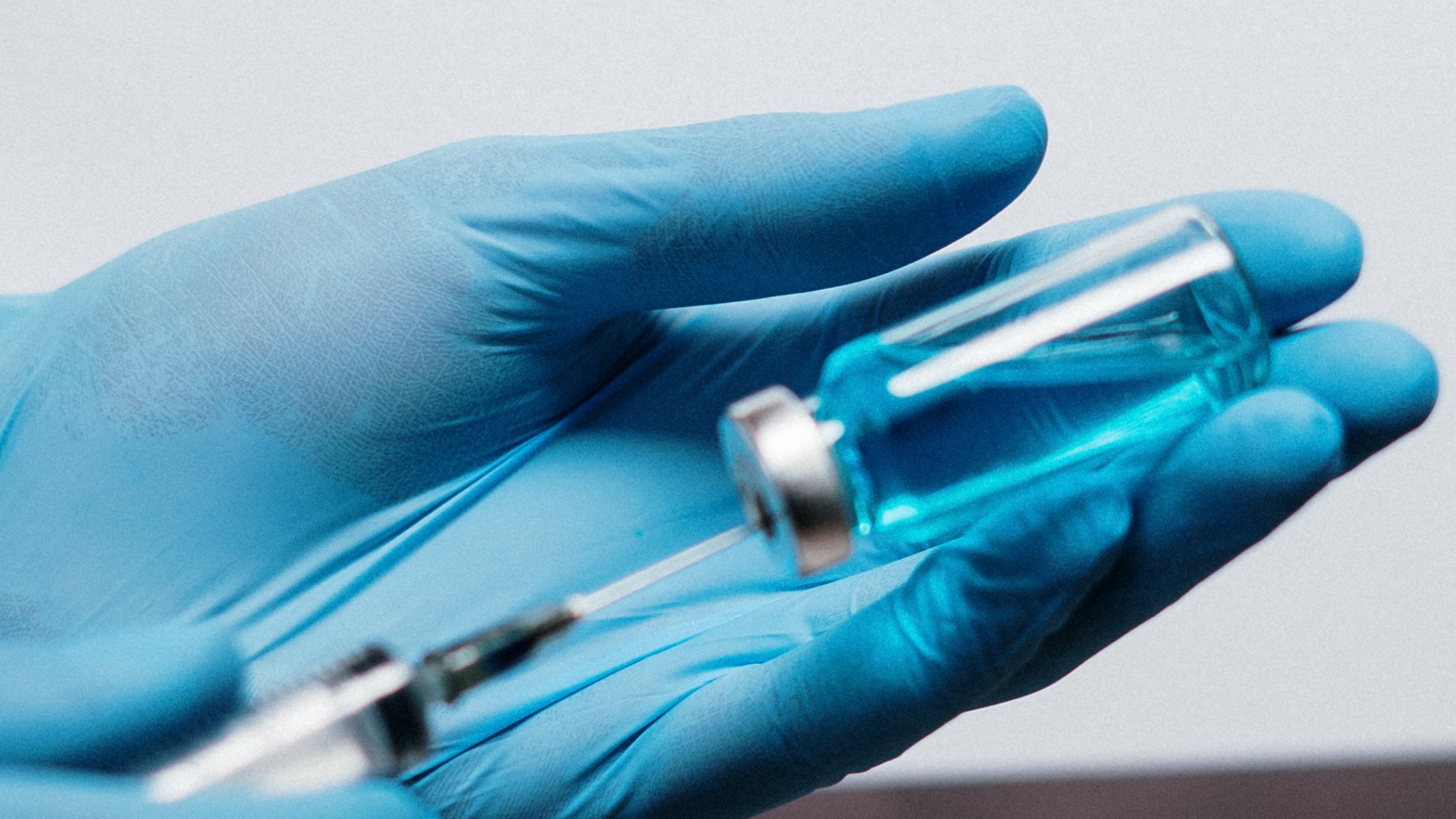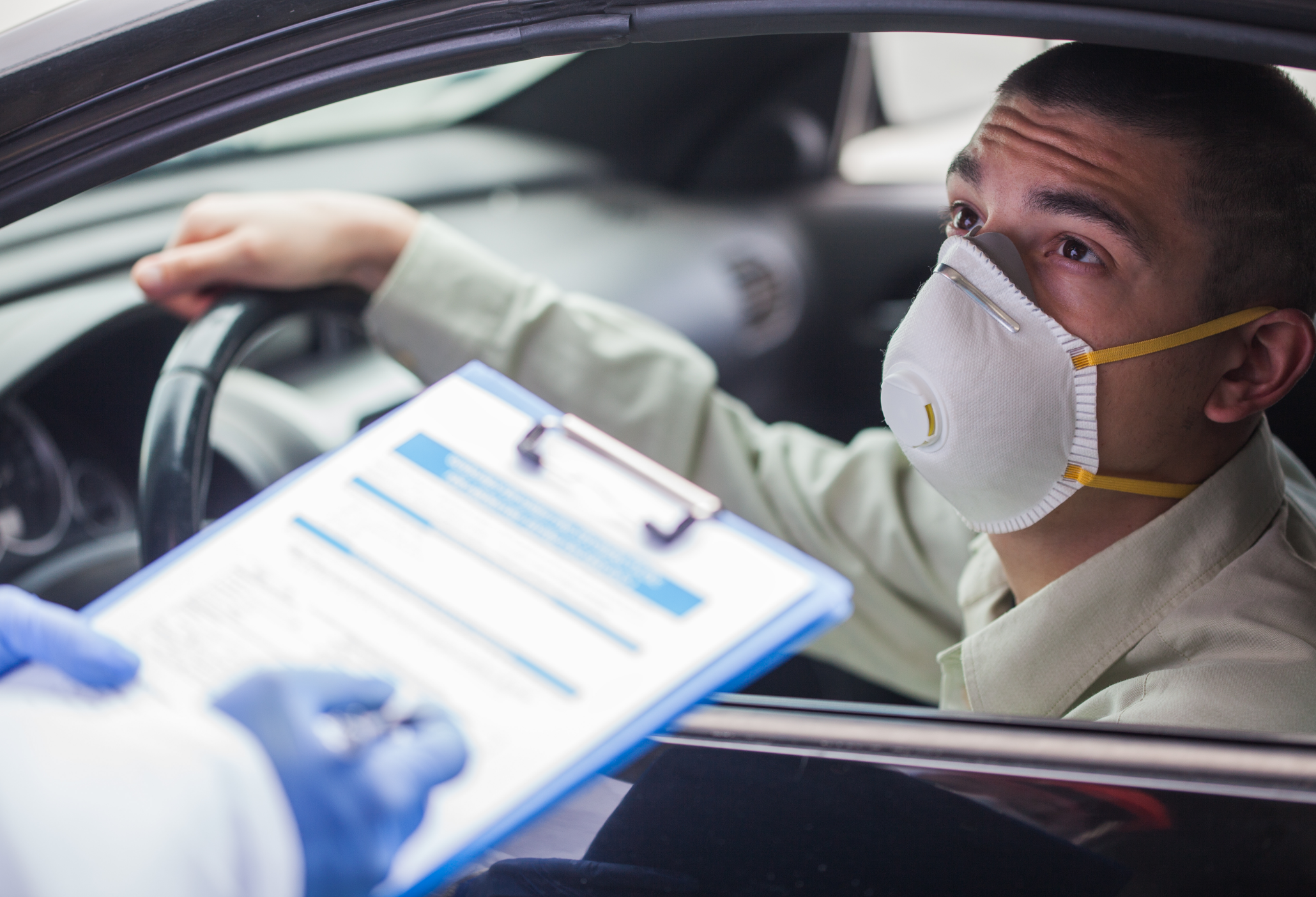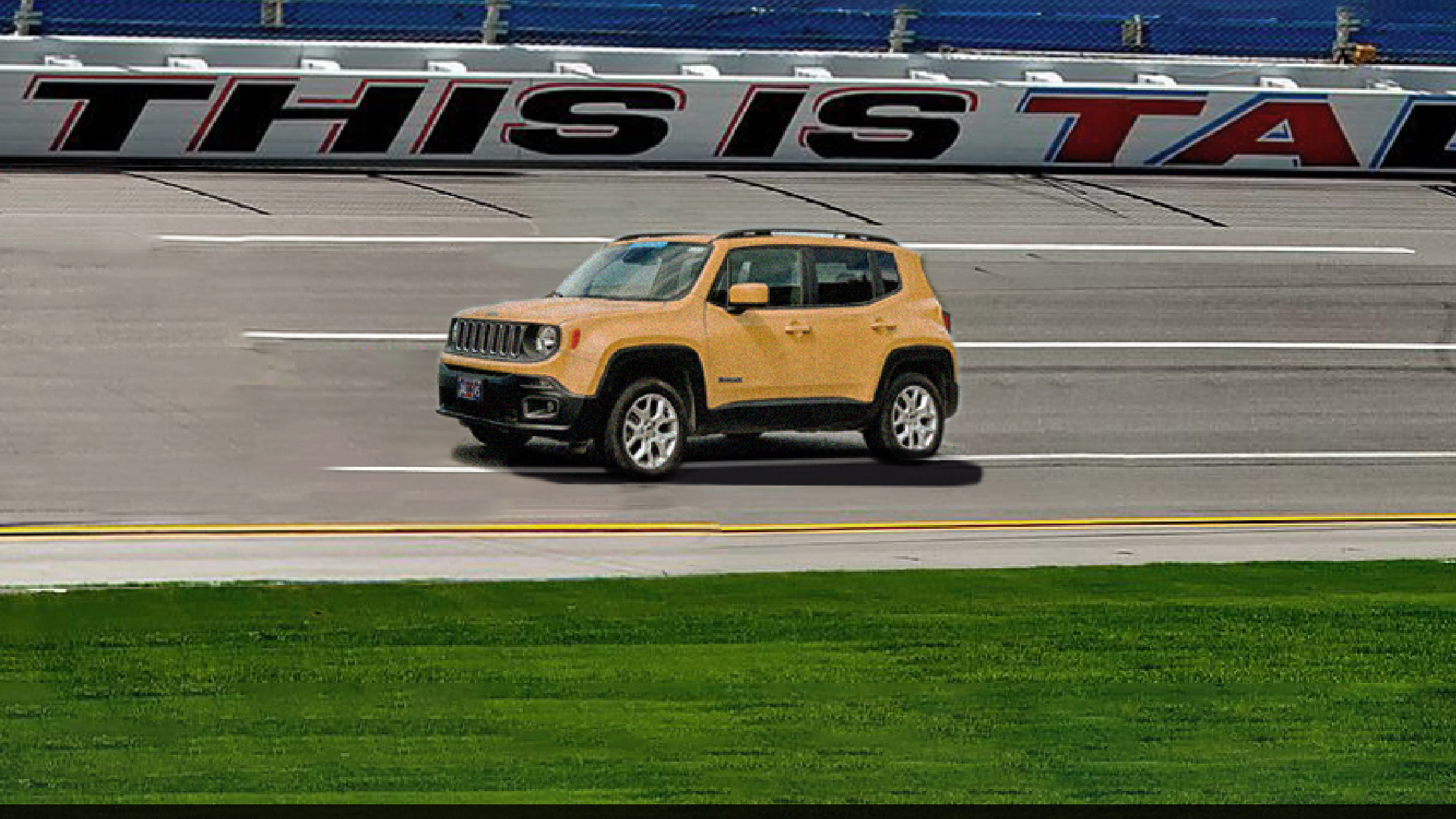At a glance
ATSDR played an essential role in the response to the COVID-19 pandemic, working with CDC's Increasing Community Access to Testing (ICATT) team to ensure access to testing and vaccinations in an approach that was effective, convenient, and most of all ⎯ fun.

COVID-19 Testing at an Unique Venue
In the summer of 2021, ATSDR and the ICATT team collaborated with the COVID-19 Testing and Diagnostics Working Group from the U.S. Department of Health and Human Services (HHS), the Alabama Department of Public Health (ADPH), and the Alabama National Guard to increase the number of people getting tested or vaccinated for COVID-19 in the United States.

To accomplish this goal, the team crafted a novel way to encourage people to get tested or vaccinated that was
- Approachable
- Convenient
- Free
- Unique
The Unique Incentive?
Here’s how it worked:

You get to take 2 laps around the Talladega Superspeedway!
- Take two laps in your own car
- Decide whether you want a test or vaccine
- Find one of the many stations set up in the racetrack bays
- Quickly get your test or vaccine
- Get your fact sheet about keeping yourself and others safe from COVID-19
- Leave (and hopefully share your knowledge with others)
"The event was a huge success."
- 124 people were tested.
- 86 people were vaccinated.
- "I felt like a millionaire," said one participant after completing his laps around the Superspeedway.
Benefits of this innovative approach included the following:
- It took testing and vaccines to where people live, work, and play.
- It provided insights on why people are hesitant to get tested or vaccinated.
- It demonstrated the advantages of creative engagement with hesitant populations.
- It spread accurate testing and vaccine knowledge to counter misinformation.
- It persuaded resistant participants to get a COVID-19 test or vaccination.
- It transformed participants into trusted sources for their communities.
Reaching People During a Response
"When you are trying to reach people during a response, you have to understand where they are coming from and go the extra mile. Reach out to them where they are and where it is convenient. We learned we had to go where people were, rather than asking them to come to us."
— Sue Casteel, MS, environmental health scientist, ATSDR Region 4 health education and community engagement coordinator

